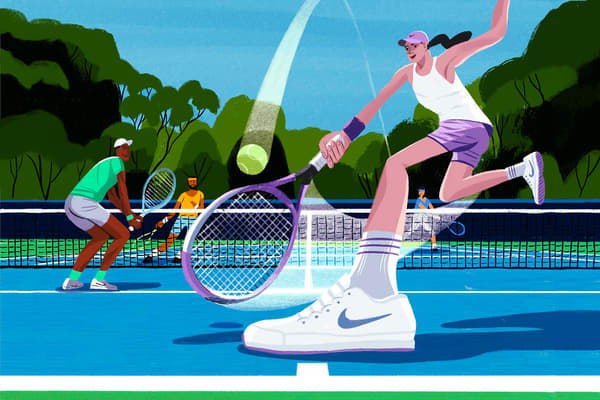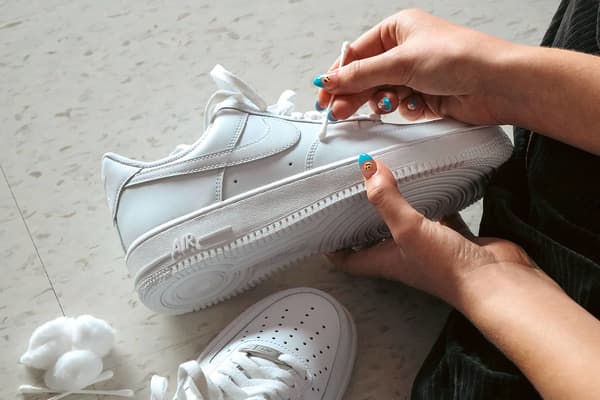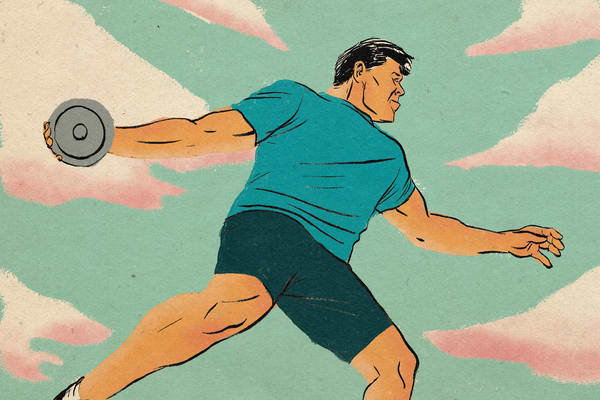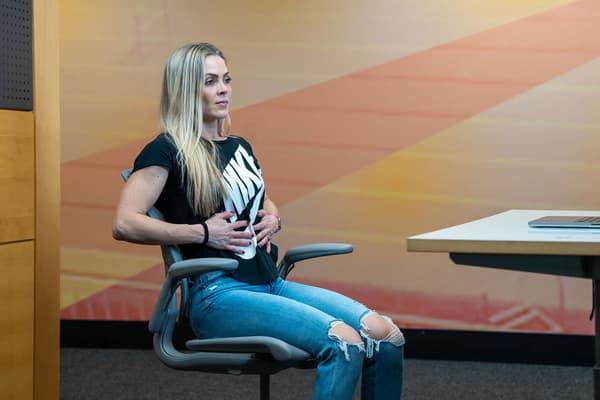What Is Pickleball? And How Do You Play It?
Sports & Activity
Experts explain everything to know about pickleball and provide tips on how to play.
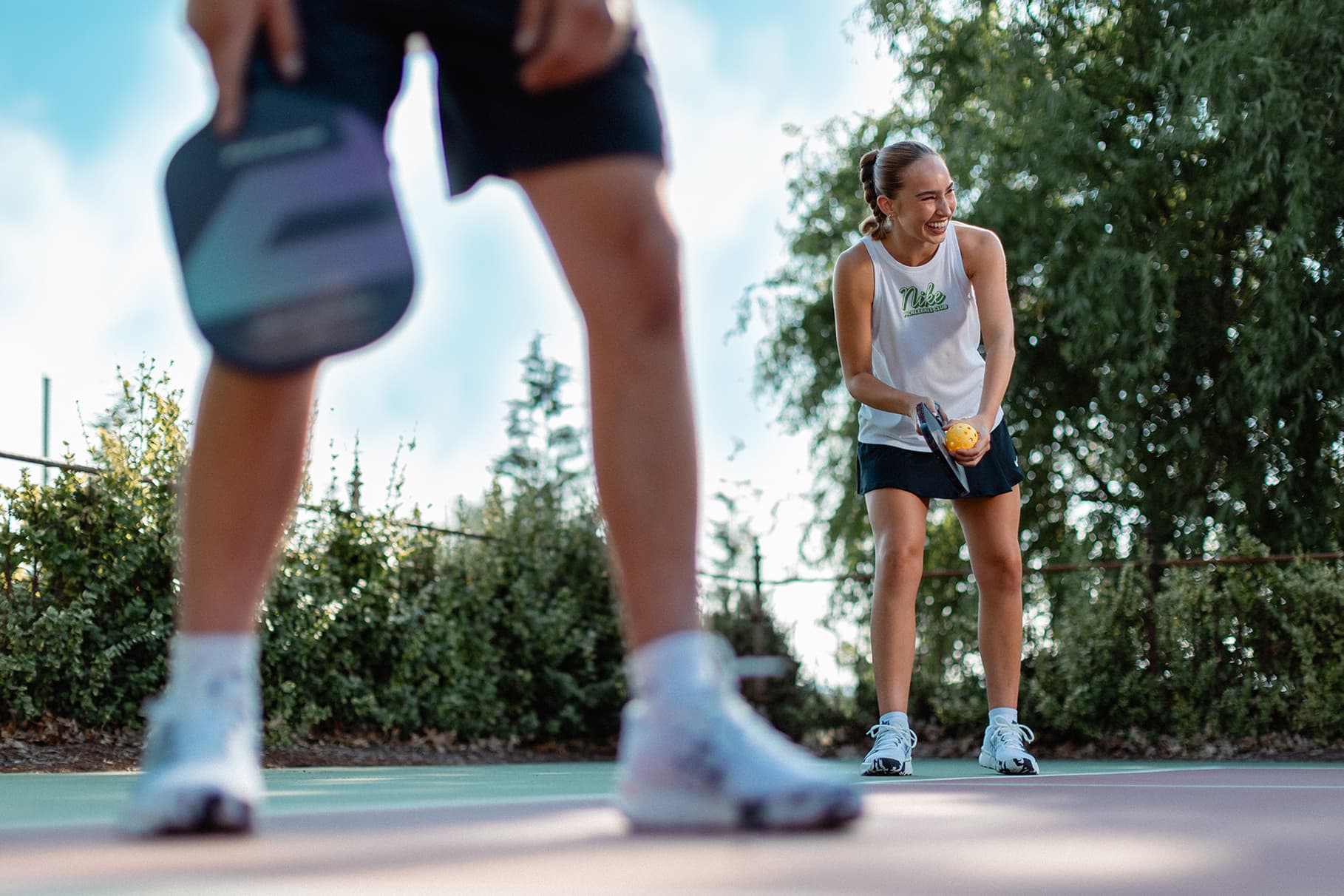
Pickleball might just be the hottest game in the United States (and growing worldwide). According to the Sports and Fitness Industry Association, participation in pickleball among U.S. players doubled in 2022, growing nearly 159 percent over three years.
And no wonder: This paddle-and-plastic-ball game is fun, fast-moving and easy to learn. Since its invention almost 60 years ago, pickleball has proven to be a sport for all kinds of people — from casual hobbyists to serious athletes and everyone in between. Thanks to its rapidly increasing popularity, it’s easier than ever for new and experienced picklers to find opportunities to play the game.
Interested in giving it a try? Here’s everything to know about the game of pickleball, including expert tips on how to play the game.
How Do You Play Pickleball?
Pickleball is played with paddles that are larger than ping-pong paddles but smaller than tennis rackets, and they can be made of wood, plastic, carbon fiber or other materials. Players use a plastic, hole-covered ball that’s similar in size to a baseball.
The game can be played as singles (one on one) or doubles (two on two) and takes place on a court about half the size of a standard tennis court. In the center of the court, the pickleball net is 34 inches tall.
To get started on the game, be sure to check out the must-know rules below. Looking to become a pro? The USA Pickleball handbook has you covered.
1. The ball must go over the net and land within the court’s lines. This is the case in almost all racquet sports, and pickleball is no different. The ball must go over the net and land in bounds — within the lines surrounding the court. If a team or player hits the ball out of bounds, their opponent wins the point.
2. Players can’t stand in the non-volley zone when hitting the ball. On each side of the net, there’s a 7-foot-long area that’s marked by a line parallel to the net. This is the non-volley zone, which the game’s inventors devised to keep taller players from having an advantage. Players aren’t allowed to have their feet inside this area when they hit the ball.
3. Serves must be hit underhand from the baseline and land beyond the non-volley zone. When serving to start a point, players stand at the baseline, the end line of the court that’s parallel to the net. The ball must be hit underhand from this point and land past the non-volley line on the opposite side of the net.
4. On each team’s first hit, the ball needs to bounce off the court once before being returned. When one player or team serves the ball, the opposing team has to let the ball bounce before hitting it back over the net. When the ball comes back to the serving team on the return shot, the serving team has to let the ball bounce once before hitting it back to the other side.
Then, teams can hit the ball back to the other side without letting it bounce first. This type of shot, where the ball is hit out of the air instead of off a bounce, is called a “volley.”
5. If the ball bounces twice on the same side, the point is over. As in tennis, if one team hits the ball over the net and it bounces on the opposing side twice before the returning team can hit it back, the team that hit the shot wins the point.
6. Only the serving team can score. If the serving team wins a point, they score. If the team that didn’t serve wins the point, the score does not change. The team that won the point then becomes the serving team for the next point.

7. Games are played to 11 points and must be won by 2.

Why Is Pickleball So Popular?
To Rick Witsken, a former professional tennis player who is a pickleball coach and one of the co-founders of the National Pickleball League — a new professional league for players 50 and over — the approachable learning curve is a huge part of the appeal. Players enjoy the game in minutes.
“It’s so much easier to get good at [pickleball] than tennis,” said Witsken. He explained that tennis might require a few lessons before players can successfully hit the ball back and forth three times in a rally.
“But with pickleball, you’re doing that in the first five minutes. And the longer the rally goes, the more the excitement builds, and the more fun it becomes. The entry into being decent at pickleball is so much greater than tennis — that’s why the popularity is through the roof,” he said.
Ernie Medina, a USA Pickleball Ambassador and certified Professional Pickleball Registry coach, agreed: He said he thinks the game’s popularity is tied to the fact that it's a bit more like “big ping-pong” than it is “little tennis.”
The size of the court may also play a role in the popularity of the sport from a social perspective, Witsken said. Since players are closer together and don’t have to run as much, they can easily chat and laugh over each point.
But the small court doesn’t mean pickleball isn’t serious exercise: A 2021 study published in the International Journal of Environmental Research and Public Health found that among inactive adults who started playing pickleball, participants’ leg power increased by 11 percent in just six weeks.
As a comparison, high-intensity soccer training often improves leg power by 15 to 16 percent in older men over four months. In addition to seeing physical health benefits, the pickleballers in the study said the game was fun and that they enjoyed playing. The average participant did 4.5 hours of exercise over the six-week period, and they reported that their well-being improved during that time.
How Was the Game Invented, and Why Is It Called Pickleball?
According to USA Pickleball, the game was invented in 1965 on Bainbridge Island, off the coast of Seattle, Washington, in the United States. Joel Pritchard, a former U.S. congressman from Washington, was vacationing with friend Bill Bell when the two men devised the game using ping-pong paddles and a wiffle ball on an old badminton court.
Over the course of a few days, the men tweaked the game, eventually lowering the net and making the game more accessible for kids and adults alike. The first change: The ball must bounce once after the serve and after the first return. And the second: a non-volley zone, which Bell said nullified any advantage of taller players.
Pritchard’s wife, Joan, said she devised the name “pickleball” due to the game’s misfit look.
“I said it reminded me of the Pickle Boat in crew, where oarsmen were chosen from the leftovers of other boats,” she previously explained.
How Is Pickleball Different From Tennis?
Though pickleball is often played on a portion of a tennis court — and both require balls and racquets — pickleball and tennis are quite different. Some key differences include:
- Court Size: A pickleball court is smaller than a tennis court. According to USA Pickleball regulations, pickleball is played in a space that is 20-feet wide by 44-feet long. The back portion of each side of the court is divided by white perpendicular lines into two 10-foot-wide service zones. On either side of the net, there’s a 7-foot-long zone called the non-volley zone.
At 78 feet, tennis courts are much longer, and they’re wider clocking in at 27-feet wide for the singles area and 36-feet wide for doubles. Tennis courts also have different lines: Instead of a perpendicular line in the back half of each side of the court, there’s a perpendicular line in the area closer to the net. Tennis courts do not have a non-volley zone.
Because the pickleball court is smaller, there’s less running required in pickleball — another reason the game has broad appeal.
Tip: If there isn’t a pickleball court in your area, you could consider setting up a court anywhere you can find enough asphalt. USA Pickleball provides dimensions and instructions for creating your own court. You can use chalk to mark the end lines and non-volley zone. Portable nets are available online, but you could even string a rope between two chairs to create a makeshift net.
- Equipment: Pickleball is played with paddles that have a solid face, rather than rackets with strings (as used in tennis and badminton). The ball is plastic and full of holes, instead of air-filled rubber covered with felt, like in tennis.
(Related: 8 Essentials to Complete Any Tennis Outfit)
- Rules: Several rules are different in the smaller game. Pickleball serves must be hit underhand, for example, and the ball and paddle must make contact below the waist during the serve. The serve must land beyond the halfway line on the other side of the court that’s parallel to the net, unlike in tennis, where serves must land inside the parallel line on the other side of the net. And the ball must bounce on the other side of the court after the first return in pickleball; this isn’t the case in tennis.
- Non-Volley Zone: In pickleball, this area extends 7 feet from the net on both sides and is marked by lines parallel to the net. Pickleball players are not allowed to hit the ball in the air while their feet are inside this area. This rule doesn’t exist in tennis.
- Scoring: In tennis, the first point that’s scored makes the game 15-0, with subsequent points being marked as 30 and 40. A tennis game can be won in just four points— 15, 30, 40, with the next point winning. Both the player or team that’s serving and the returning team can score points.
In pickleball scoring, only the serving team can put points on the scoreboard. If the returning team wins a point, they become the serving team and have the opportunity to gain points. Points are counted by ones, and games are played to 11. The winning player or team needs to win by two. You’ll notice the score has three numbers, representing the serving team’s score, the receiving team’s score and which player on the team is serving (1 or 2).
(Related: Tennis Scoring for Beginners: A Basic Explainer on How to Win a Match)
What Equipment Do You Need for Pickleball?
To start, you’ll need pickleball balls and paddles. Paddles come in a range of materials, from simple wood to carbon fiber (which is often the most expensive option).
When choosing a paddle for a beginner, Witsken suggested skipping the pricier carbon fiber and looking for a set with a “honeycomb core.” These paddles are lightweight, he said, and well-suited for beginners. The ball won’t spring off the paddle as quickly as it would with a wooden paddle, making it easier to land shots in bounds.
Pickleball players should also have supportive athletic footwear with multidirectional traction underfoot. Tennis shoes work well on the pickleball court. When it comes to clothing, opt for lightweight, breathable and sweat-wicking apparel to keep comfortable and cool on the court.
(Related: What to Wear to Play Pickleball)
Tips for Pickleball Beginners
In general, pickleball is easy to learn, but it takes a bit of practice to master. Here, Medina and Witsken each offer a tip to help set beginners up for success.
- Avoid taking big swings.
Beginner pickleball players, especially those who have experience with tennis, tend to take big, tennis-like backswings, Witsken said. But the pickleball court is small, and the ball and paddles are bouncy, making big swings counterproductive. They can easily cause the ball to land out of bounds.
Use the court size and equipment bounce to your advantage, he advised. It’s best to take short swings and try to control where you place your hits. As skills develop, he said, you’ll get better at hitting the ball with more speed, but even then, you won’t need a big backswing.
- Keep the ball in front of you.
Beginners often stand still and reach for balls far from their bodies, Medina said. But that can make it harder to control whether you hit the ball in or out.
Instead of staying stationary and reaching for shots, he suggested moving your feet while keeping the front of your body facing the ball — and where you want it to go. Before a point starts, assume a ready position, with knees slightly bent and your paddle in front of your body.
“In this position, look at your feet. They’re in kind of a V-shape,” he said.
Use side steps and other short movements to move this V-shape stance before you take each shot, he said, and you’ll have more control — and therefore increase your chances of landing more shots in bounds from the start.
Words by Greg Presto










